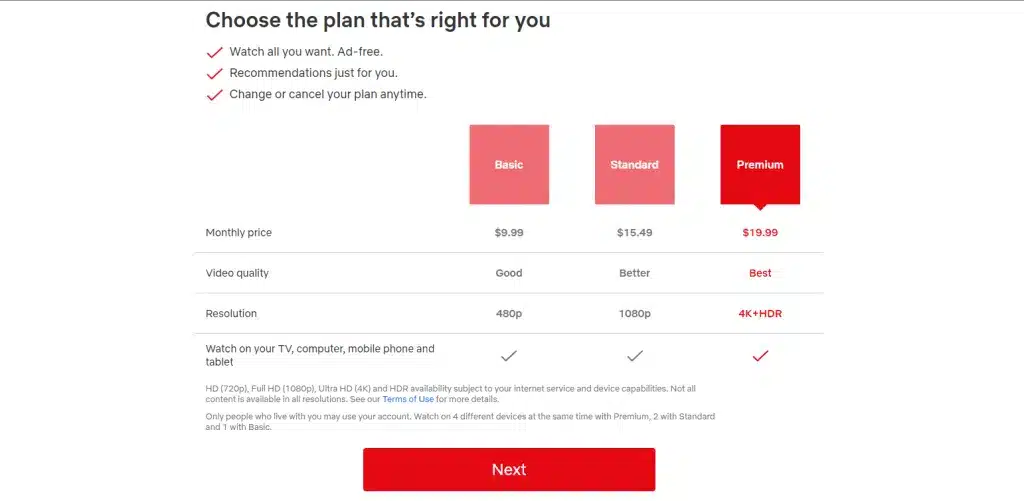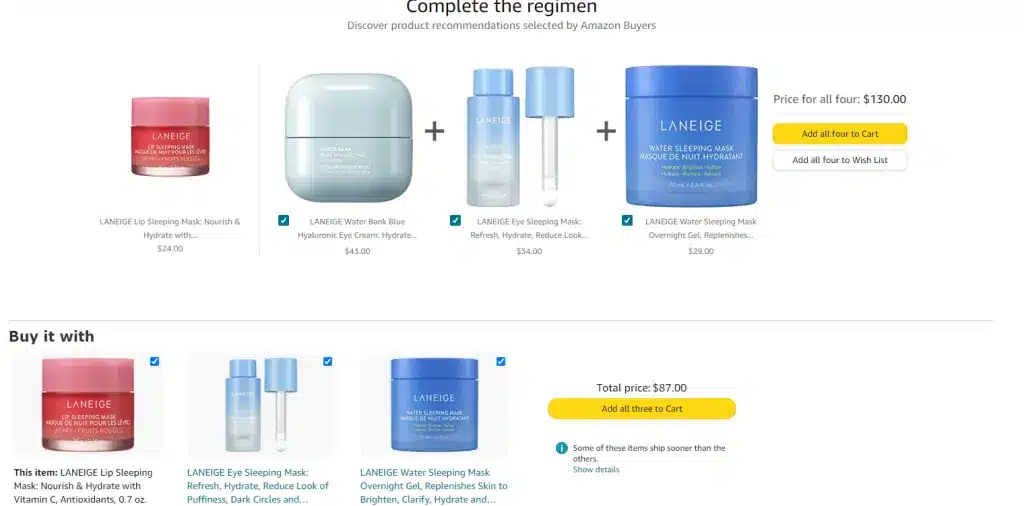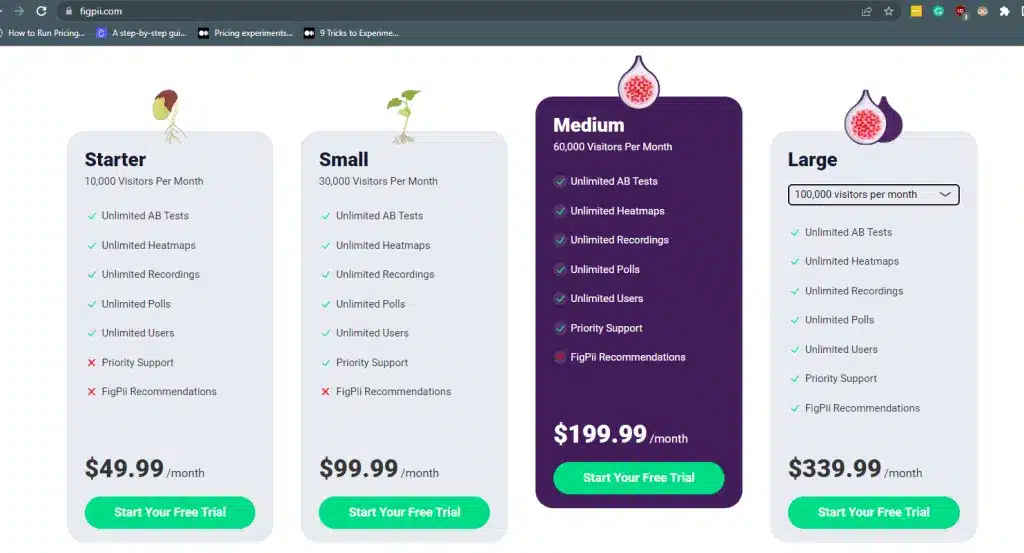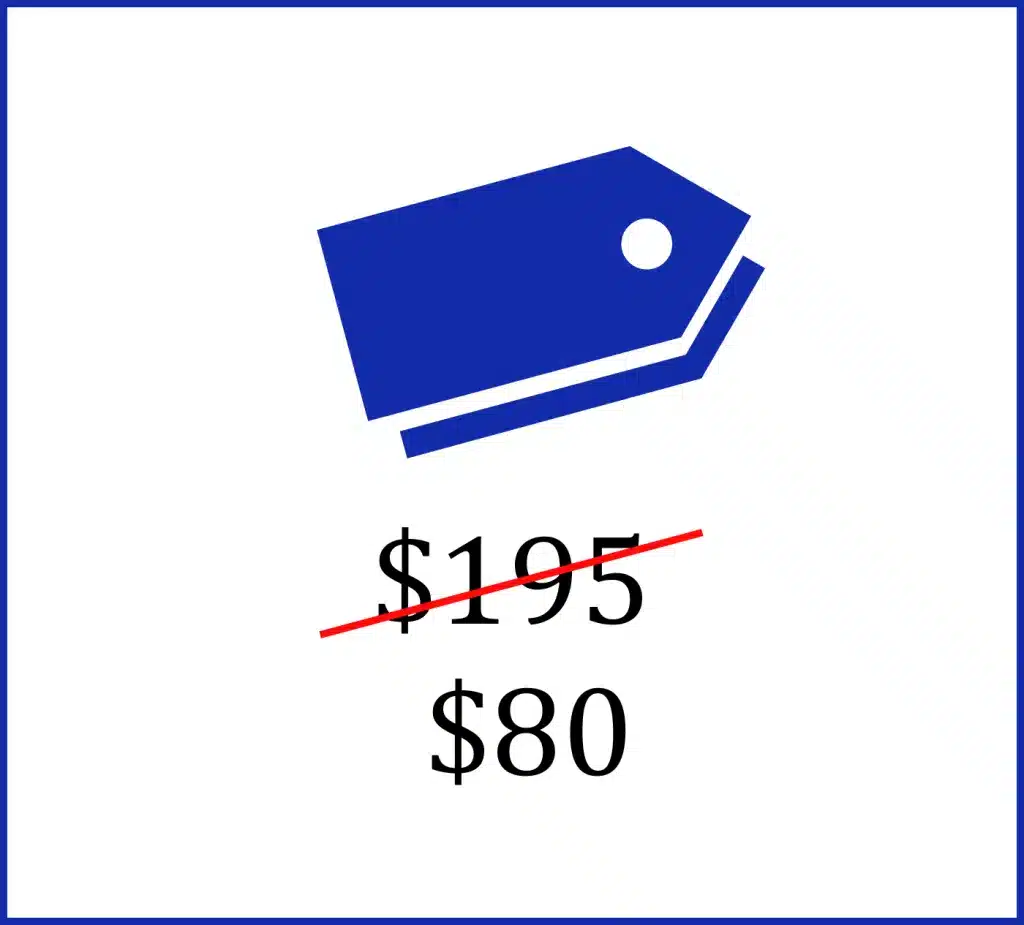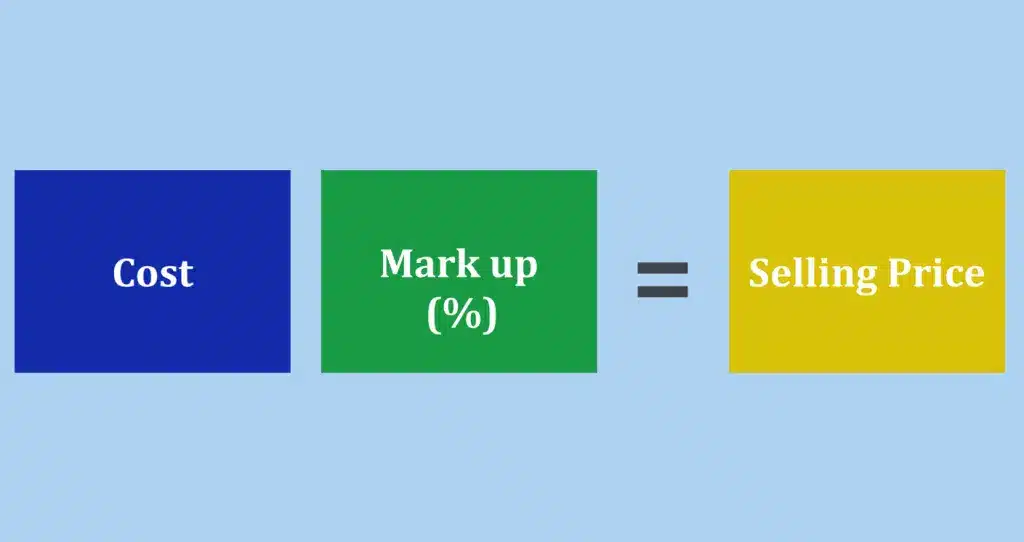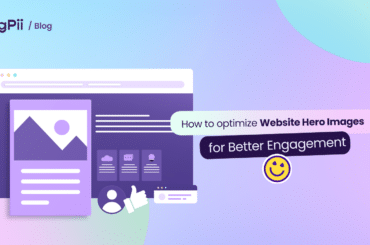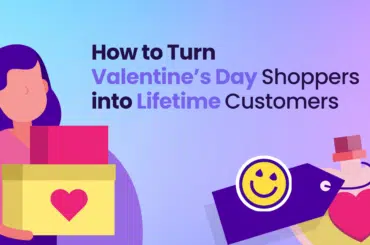When I was working as a freelancer on Upwork, one of the aspects of negotiation that I did not enjoy was when clients asked, “What do you want to charge for this project?”
In most cases, I usually throw in the “What’s your budget?” question to have a reference point from which I can either agree or disagree with the price set by the client.
The problem with answering this question is that:
- I didn’t want to scare the client away by naming a high price.
- If I name a low price, I wouldn’t want the client to think my services are substandard.
Regarding marketing, pricing your product is one of the most important decisions that will significantly impact your business, sales, and revenue. You would not want to charge too low because a customer might perceive your products as having lesser value than others. Also, charging too high might drive away your customers.
So, how do you find a balance such that you offer your products at a price that ensures you get the right value for your products while increasing sales and customer satisfaction?
Let’s talk about Pricing Experiments.
What is a Pricing Experiment?
A pricing experiment is a form of market research aimed at uncovering new strategies or using old strategies and methods to determine how to price your products and services to increase sales and drive conversion for your business.
If businesses can apply the JTBD framework to their customer, they can easily understand the emotional, functional, and social needs their customers are trying to meet when purchasing a product. This can be powerful in helping businesses know the best pricing strategy to boost conversion rates and maximize profits.
Why are Pricing Experiments Important?
Conducting a pricing experiment can be challenging; however, if successful, here are the benefits:
- Pricing experiments help you choose prices that maximize your profit.
- Pricing experiments enable you to preserve your perceived brand value.
- Pricing experiments allow you to find a way to get the monetary value of your products.
- Pricing experiments can help you attract new customers
- It influences market demands for your products and services by helping you understand customer behavior to prices
What are the 5 C’s of Pricing?
Before running pricing experiments, it’s important to understand the key factors influencing pricing decisions. The 5 Cs of Pricing provide a structured approach to experimenting with pricing effectively. These are:
- Cost – The baseline for any pricing decision. Your price must cover production, operational, and distribution costs while maintaining profitability.
- Customer – Understanding your customers’ willingness to pay and the perceived value of your product is critical. Pricing should align with what they consider fair and competitive.
- Competition – No pricing experiment happens in a vacuum. Analyzing competitor pricing provides context and helps businesses decide whether to position themselves as premium, mid-market, or budget options.
- Channel – Where and how you sell your product affects pricing. Direct sales, marketplaces, and retail partnerships all come with different cost structures and customer expectations.
- Compliance – Legal and regulatory factors can impact pricing, especially in industries with strict pricing laws or guidelines.
When running a pricing experiment, keeping these five factors in mind ensures that changes are strategic and sustainable rather than reactive.
When To Run Pricing Experiments
Now that you know all about price experimentation and its importance, you are eager to start running one, but you don’t know the best time to run an experiment.
This section will discuss when running pricing experiments can benefit your business.
-
During sales or discounts
When you have upcoming or ongoing sales and discounts can be a great time to run pricing experiments.
-
When you have a new product
Introducing a new product to the market can be challenging, especially if it’s different from what your customers are used to. Running a pricing experiment at this time can help you determine the right value for your new product.
-
When sales are low
If there’s a general downtrend in sales, it might be a good time to run a price testing experiment to see how altering your price points can boost sales.
Additionally, understanding customer behavior during low sales periods can help adjust pricing strategies to meet demand without reducing perceived value.
-
When you want to increase product prices
A good time to run pricing experiments is when you want to increase product prices. This helps gauge how existing customers react to the increase and whether adjustments are needed to maintain customer loyalty.
Testing different price points allows you to optimize revenue while minimizing customer churn due to price sensitivity.
Pricing Experiments: Testing Strategies to Maximize Revenue
Previous studies have shown that the prices of products are influenced by factors like supply, demand, cost of production, policies, competition, economic conditions, consumers, etc.
Since consumers play a significant role in pricing, much research has focused on understanding how consumer behavior can be influenced to ensure that their purchasing decisions are swayed based on pricing.
Below are key pricing strategies that are commonly tested in pricing experiments to measure their effectiveness.
-
Comparative Pricing: Does Offering Multiple Choices Drive Higher Conversions?
Customers don’t evaluate prices in isolation—they compare. Comparative pricing plays on this by showing multiple price points side by side to shape perceived value. But does offering more options lead to better results? That’s what businesses test.
How the Experiment Works:
Instead of showing a single price, companies test variations like:
- Two-tier pricing vs. three-tier pricing
- Adding a “Most Popular” label to nudge customers toward a specific option
- Testing whether placing the highest-priced plan on the left or right of a pricing table influences choices
What You Can Learn:
Consumers often assume that higher-priced options offer better quality—but there’s a tipping point where too many choices create decision paralysis instead of driving upgrades.
A well-structured pricing experiment can determine if offering multiple options increases average order value or if a simpler, more focused pricing model works better.
Netflix, for example, presents three subscription tiers, subtly steering users toward the middle option by balancing price and perceived value.
-
Competitive Pricing: Can You Win More Customers Without a Price War?
Adjusting prices based on competitors’ pricing sounds logical, but it’s not always the best move. Lowering prices to match a competitor may increase sales—but at what cost? Competitive pricing experiments help businesses find the right balance between staying competitive and maintaining profitability.
How the Experiment Works:
Businesses run tests like:
- Keeping prices slightly above competitors while highlighting added value (faster shipping, better support, etc.)
- Matching competitor pricing and tracking whether it increases conversions or lowers profit margins.
- Pricing slightly below competitors and analyzing whether volume increases to compensate for thinner margins
What You Can Learn:
Not all customers chase the lowest price. Some prioritize service, brand trust, or product quality. A well-run pricing experiment helps you discover if lowering prices actually drives more sales or if positioning your product as premium (even with a slightly higher price) attracts a more loyal customer base.
If competitors drop prices aggressively, testing price anchoring alongside competitive pricing can help maintain perceived value instead of getting caught in a race to the bottom.
-
Item Bundling
Some businesses rely on individual product sales, while others bundle related items to encourage larger purchases. But does bundling actually boost revenue, or does it just shift customer spending without increasing total sales?
How the Experiment Works:
- Offering a bundle discount and testing whether it increases total revenue vs. selling items separately
- Testing different bundle combinations (e.g., high-margin vs. low-margin products together)
- Offering a customizable bundle and seeing if giving customers choice increases perceived value
What You Can Learn:
Bundling works in two ways: it increases perceived savings and reduces decision fatigue. Customers might hesitate to buy a $20 phone case, but if it’s included in a bundle with a $200 phone, they may see it as a better deal and justify the purchase.
However, not all bundles work. Some might lead customers to spend the same amount but shift purchases from individual items to bundles. That’s why testing different bundle structures can help businesses maximize profit per transaction rather than just pushing more units.
-
Charm Pricing: Does Ending Prices in .99 Work?
For decades, retailers have priced items at $9.99 instead of $10 based on the idea that customers focus more on the leftmost digit than the actual price. But does this strategy still hold up, especially in high-ticket or premium markets?
How the Experiment Works:
- Testing $99.99 vs. $100.00 on the same product to see which drives more conversions
- Running experiments in different categories (luxury vs. budget-friendly) to see if rounded pricing feels more premium
- Testing $199 vs. $200 and measuring if the left-digit bias impacts buying decisions
What You Can Learn:
Charm pricing isn’t universally effective. Some customers associate rounded prices with quality and .99 pricing with discounts. For high-end products, dropping the cents entirely (e.g., “$500” instead of “$499.99”) may perform better.
A solid pricing experiment can determine whether charm pricing helps your audience or whether a different psychological pricing approach, like price anchoring, works better.
-
Price Anchoring: Can Displaying a Higher Price First Increase Perceived Value?
When you see a strikethrough price next to a discounted price, that’s price anchoring in action. It sets a reference point so that the final price feels like a deal. But not all price anchoring works the same way, and testing different approaches can reveal what resonates with customers.
How the Experiment Works:
- Displaying the original price first, then the discount price, vs. just showing the lower price
- Testing different anchor price points (e.g., Was $300, Now $150 vs. Was $200, Now $150)
- Running experiments where the anchor price disappears after a few seconds to see if urgency increases conversions
What You Can Learn:
Price anchoring taps into consumer psychology—the more dramatic the discount appears, the more tempting the deal. However, excessive anchoring can backfire if customers feel the original price was artificially inflated.
That’s why testing multiple anchor points can help businesses find the right balance between legitimate discounts and perceived value.
In this scenario, $80 is a much lower price than $195, which is the reference point (anchor). Therefore, customers feel they are getting the product at a great price and saving $115.
-
Cost-plus pricing
This can be a good pricing strategy if you are involved in manufacturing your products.
Cost-plus pricing, also known as markup pricing, considers the cost of the product and adds a fixed percentage (markup) on top to get the product’s final price. The added percentage is usually the profit the business desires to make on the product.
This can be a good pricing strategy if you are involved in manufacturing your products.
Cost-plus pricing, also known as markup pricing, considers the cost of the product and adds a fixed percentage (markup) on top to get the product’s final price. The added percentage is usually the profit the business desires to make on the product.
How to Run a Pricing Experiment
We’ve talked about different pricing strategies you can employ when running a marketing experiment. How do you run a pricing experiment?
-
Determine the goals of the experiment.
At the heart of every experiment is the need to solve a problem or answer a particular question. When running a pricing experiment, the rules are not so different. Before you run a pricing experiment, you should understand the why(s) and what(s) behind the experiment.
- Is your goal to drive customer acquisition?
- Are you looking for ways to use pricing to optimize customer retention?
- Is the goal to generate more revenue and optimize cash flow?
Having a defined goal ensures that measurable success criteria guide your pricing experimentation.
-
Conduct Research
When it comes to pricing experiments, you want to be armed with enough information to ensure you are on the right track. Pricing experiments are not new, and there’s a high possibility that what you’re trying to achieve has been done before. Consider:
- Market insights: Have similar pricing models been tested before? What were the results?
- Customer behavior: How does your target audience perceive price changes?
- Competitor pricing: How do competitors price similar products?
For example, if you are in the tech or automobile industry, you can look at the top names in your industry, study what they have done or are doing with their prices, and make a few adjustments to your experiments per your business needs and goals.
-
Choose a Pricing Strategy
In the previous section, we discussed pricing strategies and how they work. Now, it’s time to carefully select the one that’s best suited to your business. Choosing a pricing strategy can be tricky; however, understanding and defining the goals of your pricing experiment can help you decide.
Questions to answer when choosing a pricing strategy
- What are the goals of this pricing experiment?
- What is the spending power of my target audience?
- What is the cost of production?
- How are the competitors pricing their products?
-
Set a Timeline
Experiments cannot run forever.
Setting a timeline for your experiments will allow you to prioritize the critical goals. Timelines also help you track the pricing experiment’s progress in terms of sales, conversion, customers’ reactions to price changes, etc.
Most importantly, it lets you determine when to conclude the experiment. For instance, if you realize that you’re losing money or customers while running a pricing experiment, that might be a sign to close the curtains on such an experiment.
-
Run The Experiments
Now, it’s time to put your pricing experiments into action. Instead of limiting yourself to A/B testing, consider multiple ways to test pricing:
- Segmented pricing tests: Offer different price points to customer segments based on demographics or purchase history.
- Time-based pricing: Test different prices over set time periods to see how customer behavior changes.
- Feature-based pricing: Adjust pricing based on added value (e.g., premium features, bundled offers).
One key consideration is to avoid showing different prices for the same product to customers in the same market, as it can create confusion and damage brand trust. Instead, test across different segments or product variations.
-
Analyze Results
Now that you have completed your pricing experiments, it’s time to organize, process, and analyze data with an analytics tool that can give pointers as to whether or not you achieved the goals of the experiments.
Some of the essential indicators to look out for during analysis are:
- Sales volume: Did the new pricing drive more or fewer purchases?
- Customer acquisition/retention: Did customer behavior change?
- Revenue impact: Did the pricing shift lead to higher profits or losses?
Ask key questions:
- What insights did we gain from this pricing experiment?
- Which pricing strategy delivered the best results?
- Should we adjust prices further based on the data?
A well-structured pricing experiment doesn’t just reveal what works—it provides actionable insights for refining your long-term pricing strategy.
Final Thoughts
Pricing will determine whether or not your business will still be around in the next couple of weeks, months, or years. Thumbs up if you find the perfect price points for your products without much hassle. However, this article is for you; if you are still struggling to find the best price points for your products, this article is for you.
This article describes many pricing strategies you can implement when experimenting with prices. Of course, you don’t have to stick to one strategy at a time while experimenting because the best results could be from a combination of multiple strategies.
Pricing Experiments FAQs
How long should a pricing experiment run?
Most pricing experiments last 2 to 6 weeks, allowing enough time to collect meaningful data.
Factors that affect experiment duration:
- Purchase Frequency – Frequent purchases allow for shorter tests, while longer sales cycles may require more time.
- Traffic Volume – High-traffic businesses can gather data faster.
- Market Conditions – External factors like seasonal trends or competitor changes may require adjustments.
The key is to run the experiment long enough to capture real customer behavior without delaying decisions.
How often should I run pricing experiments?
Pricing experiments should be conducted regularly but strategically. General guidelines:
- At least once per quarter to adjust for market changes.
- Before launching new products
- When sales or engagement drop
- When expanding into new markets to test regional pricing differences.
What are the 5 steps for determining price?
To determine the right price, businesses start by setting clear pricing objectives, whether it's maximizing profit, increasing market share, or positioning their brand. They analyze market demand to understand how much customers are willing to pay and assess costs to ensure profitability. Studying competitors helps identify pricing benchmarks, while testing different pricing strategies allows businesses to refine their approach based on real-world performance and customer response.


